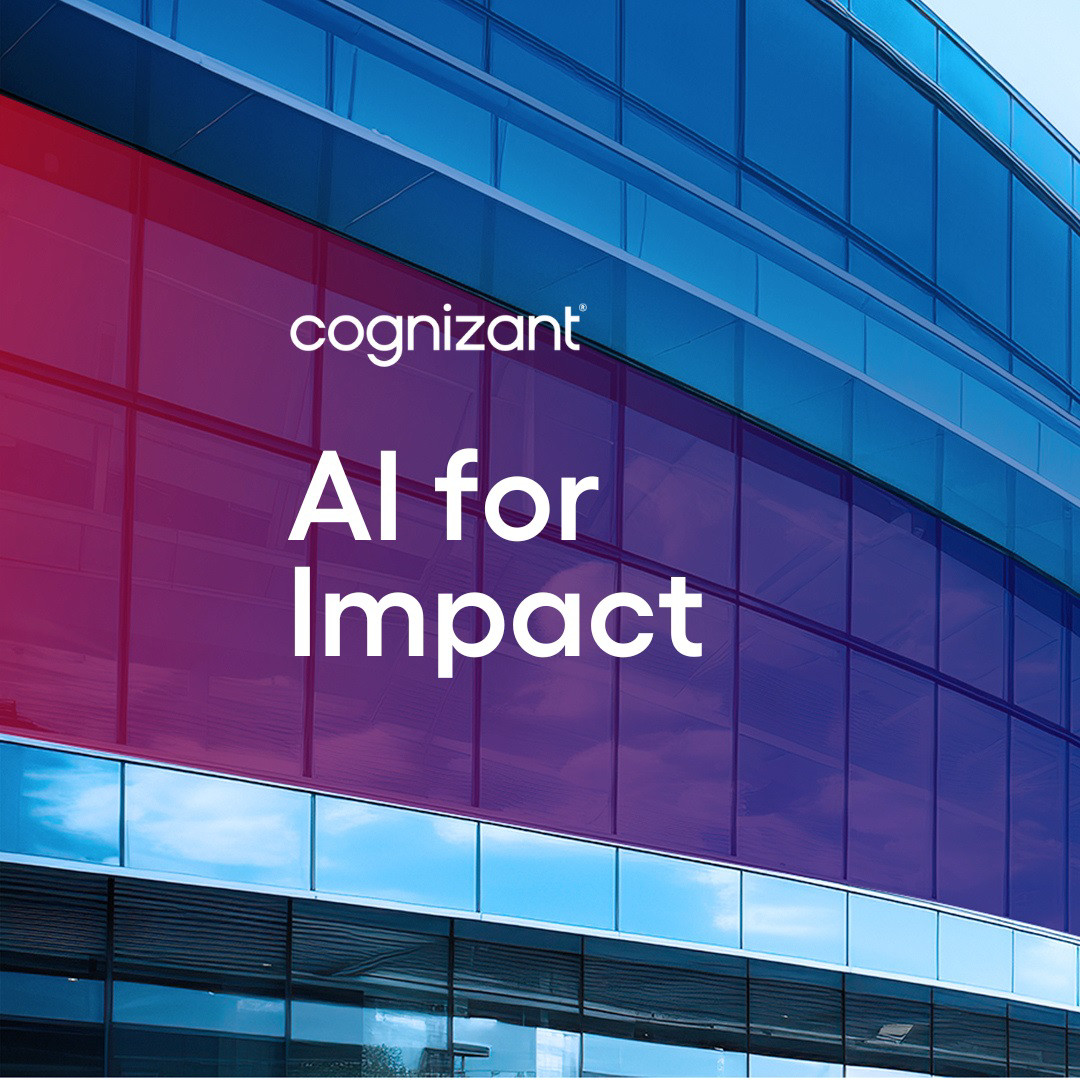PRS is a statistical method used to estimate an individual’s genetic susceptibility to a particular disease. The method provides a quantitative assessment of the risk by aggregating the effects of thousands or even millions of small genetic variations, each contributing a tiny fraction to the overall risk. Now, the ability of gen AI to continuously learn from real-world data will further enhance the predictive power of PRS, enabling earlier detection of disease, more personalized treatments, and improved health outcomes.
Evolution of PRS: The role of generative AI
Typically, PRS is calculated using genome-wide association study (GWAS) data, which identifies single nucleotide polymorphisms (SNPs) associated with diseases. The calculation involves several steps: a genome-wide association study, selection of genetic variants, summing the risk alleles (alternative forms of a gene) and normalization, where the PRS values often are standardized based on population distribution.
Gen AI is transforming how genetic and clinical data are analyzed, improving the accuracy and relevance of PRS. It also enhances clinician interaction with PRS through advanced virtual assistants, which process and present data in an accessible format. The new tools provide quick, tailored insights, enabling efficient risk assessment and personalized treatment planning. By incorporating the latest research and guidelines, gen AI also ensures clinicians have up-to-date information, boosting diagnostic accuracy and patient engagement during genetic risk consultations.
Gen AI applications in PRS
What are the potential gen AI use cases in PRS? Some of them include:
- Enhancing GWAS with deep learning: Traditional GWAS uses linear models to identify SNPs associated with disease, but gen AI techniques, such as deep learning, can detect more complex relationships between genetic variants and disease. For example, neural networks can model non-linear interactions between SNPs, providing more accurate disease predictions by capturing epistatic interactions (where one gene affects the expression of another). A recent application of gen AI in PRS involved using deep neural networks to predict heart disease risk. The model was able to identify previously unknown genetic interactions that were not detectable by traditional GWAS approaches.
- Multimodal data integration: Gen AI can also handle the integration of diverse data types, such as genomic, phenotypic, and clinical data. This is especially useful in diseases like diabetes and CVD, where lifestyle and environmental factors play a significant role in disease onset. By combining genetic data with information on diet, exercise, medication use, and daily monitoring of blood sugar or cholesterol, gen AI can create more dynamic and personalized risk scores. For example, in diabetes prediction, AI models can integrate data from continuous glucose monitors (CGMs) along with genetic data to provide a real-time assessment of an individual’s risk.
- Reinforcement learning for personalized medicine: Another promising application is reinforcement learning, where the AI model learns from patient outcomes and treatment responses to continuously refine risk predictions and intervention strategies. For instance, a reinforcement learning model might analyze how patients with a high genetic risk for CVD respond to various treatments (e.g., statins, lifestyle changes) and use this information to suggest personalized treatment plans.
The future of gen AI in PRS
Several studies have already demonstrated the potential of gen AI in enhancing PRS models, such as DeepPRS (published in Nature Genetics), Polygenic Transmission Disequilibrium Testing (a study of neurodevelopmental disorders), and a large-scale UK Biobank study where researchers applied machine learning techniques to enhance the predictive power of PRS for diseases like coronary artery disease.
As genetic data becomes increasingly available through initiatives like the UK Biobank and the All of US Research Program, gen AI will play a critical role in making PRS more precise, actionable, and clinically relevant. By integrating diverse data types ranging from genomics and epigenomics to clinical records and lifestyle data, gen AI can create a comprehensive model of disease risk that is personalized to the individual’s unique genetic makeup and health history.
To learn more, visit our life sciences section of the web.
Gen-AI applications in PRS are already demonstrating their value in published studies.













